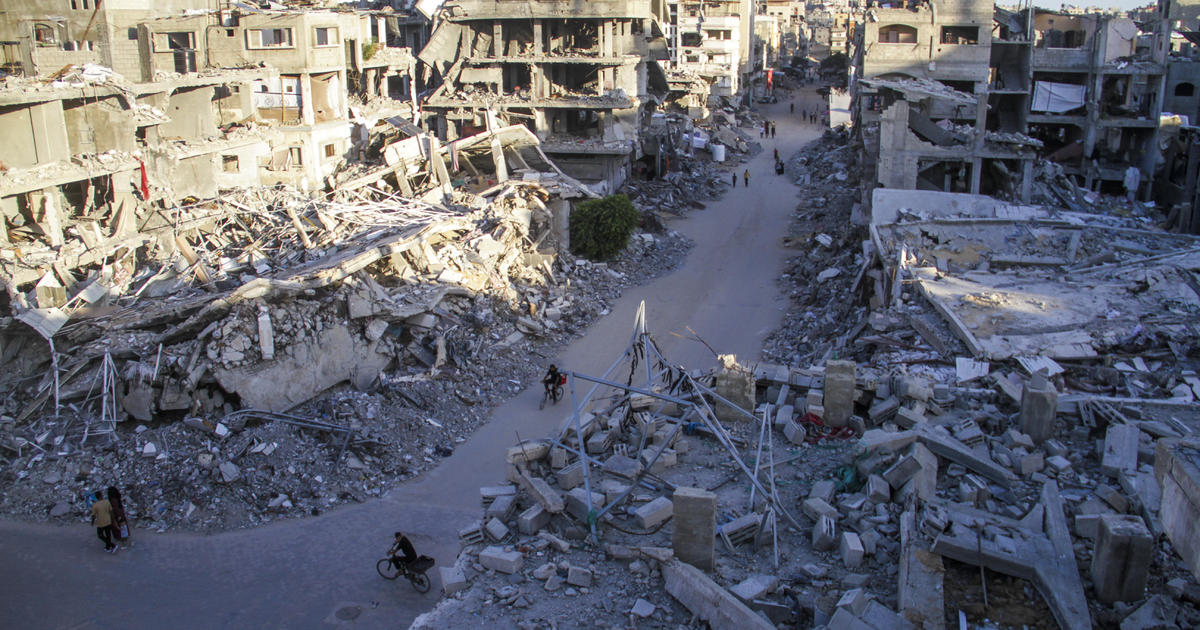The 2023 Gaza War: Devastation and Displacement
The October 2023 escalation of the Israeli-Palestinian conflict has resulted in unprecedented destruction and displacement within the Gaza Strip. The conflict, triggered by Hamas’s large-scale attacks on Israel, has led to a devastating military response from Israel, causing immense human suffering and infrastructural damage on a scale rarely witnessed. The ensuing war has left tens of thousands dead, millions displaced, and the very fabric of Gaza’s society irreparably damaged. This analysis examines the extent of this destruction using satellite imagery, reports from international organizations, and accounts from those directly affected.
The Scale of Destruction in Gaza
Casualties and Displacement
The Israeli military operations in Gaza have resulted in a staggering loss of life, with the Ministry of Health in Gaza reporting nearly 42,000 deaths as of January 2024. A significant portion of these casualties are women and children, highlighting the disproportionate impact on vulnerable populations. Beyond the immediate death toll, the conflict has displaced an estimated 90% of Gaza’s 2.3 million residents, forcing them into a cycle of repeated displacement within the already confined and heavily damaged territory as they attempt to escape ongoing airstrikes. This mass displacement strains existing resources, exacerbates humanitarian crises, and makes basic survival exceedingly difficult for the population.
Infrastructural Damage
The war has inflicted catastrophic damage to Gaza’s infrastructure, with estimates placing the cost at approximately $18.5 billion as of January 2024. This figure is almost equivalent to the combined GDP of the Palestinian territories in the year prior to the conflict, underlining the devastating economic blow suffered by Gaza. The majority of damage has been to housing (approximately 72%), leaving countless families without shelter. The impact extends to critical sectors, with a significant proportion of health facilities (84%) and primary roads (92%) either destroyed or severely damaged, hindering access to essential services and compounding the already dire situation.
Mapping the Damage: Satellite Imagery and Data Analysis
Due to access restrictions imposed since the beginning of the war, comprehensive on-the-ground assessment of damage within Gaza has been extremely difficult. International journalists face stringent limitations in access, while local journalists struggle to report under perilous conditions. To overcome this challenge, researchers have employed satellite imagery analysis to produce comprehensive assessments of the situation in Gaza. Using data from the European Space Agency and NASA, they can analyze the extent of destruction with a level of detail unmatched by on-the-ground analysis.
Innovative Approaches to Damage Assessment
Researchers leverage radar technology, which differs substantially from traditional optical imagery, to obtain three-dimensional information about structural changes, damage to infrastructure, and general disruption of the environment. This novel technique has the ability to monitor damage in near real-time, delivering immediate analysis as it occurs, as compared to the analysis that typically takes weeks to produce when utilizing standard approaches. This advancement helps in more quickly understanding the scope and rate of damage that occurs in a situation that unfolds as dynamically and destructively as the conflict in Gaza.
Mapping the Extent of Damage
By analyzing this data, researchers have created detailed maps that track changes within Gaza over time and reveal the escalating nature of the destruction. These visual representations offer a clear picture of the catastrophic level of damage in several sectors such as housing, public facilities, and infrastructure caused by airstrikes.
The Human Cost: Beyond Brick and Stone
The devastation extends far beyond the physical destruction. The destruction of essential infrastructure has created humanitarian catastrophes. UNRWA, the UN agency supporting Palestinian refugees, has seen a significant portion of its buildings, mainly schools used for sheltering refugees, severely damaged or totally destroyed. This places added strain on an agency already overwhelmed and hinders the possibility of resuming vital educational activities, affecting hundreds of thousands of children and shaping the educational landscape in Gaza for an untold amount of time to come. The displacement of such large portions of Gaza’s population has resulted in food and water insecurity and has compounded the difficulty faced by thousands who have been attempting to rebuild their lives in damaged territories. The overall devastation of the conflict will have lasting consequences, and the prospect for the future remains profoundly grim for many people living in the aftermath.
The Challenges of Recovery
Even with a cease-fire, the path to recovery would be incredibly difficult and long. Rebuilding damaged infrastructure would be costly, and finding resources in sufficient amounts would be difficult. Thousands of families lack proper shelter. Schools and critical infrastructure must be repaired or rebuilt, with little ability for quick action due to political implications and existing tensions. Ensuring that these necessities are met poses a daunting long-term challenge for the future and is crucial for recovery efforts for many residents of Gaza.
Takeaway Points:
- The 2023 Gaza War has resulted in an unprecedented level of destruction and displacement.
- Satellite imagery analysis provides crucial insights into the extent of the damage despite access restrictions.
- The human cost extends far beyond the physical destruction, affecting essential services and hindering recovery efforts.
- Long-term recovery will require significant international cooperation and investment.
- The conflict highlights the urgent need for a lasting solution to the Israeli-Palestinian conflict.




